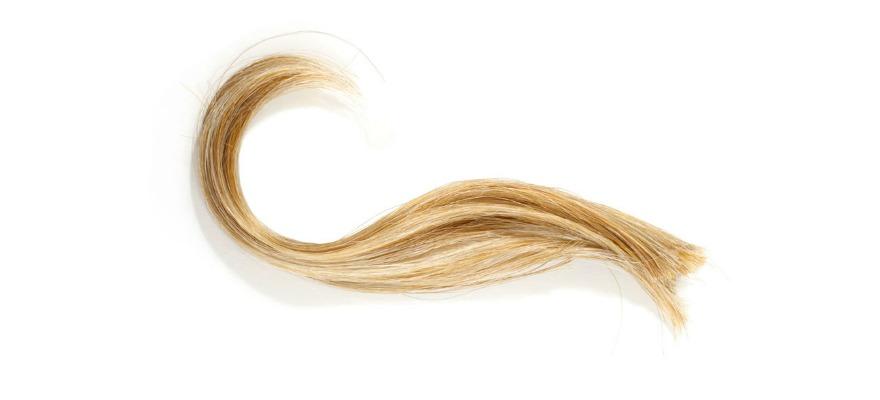Hair Strand Testing by its very name has caused confusion for solicitors, legal executives and donors requested to submit to a drugs test by the court. The most common question our client support team get asked is how many strands of hair are needed?
Whilst the answer depends on the thickness of hair and the types of drugs needing to be tested among other things. Sufficient hair must be collected to allow initial testing, followed by confirmatory or re-testing of the sample if necessary. A lock of hair, with the thickness of a pencil is recommended.
A separate sample of hair is needed for both Drug Testing and Alcohol Testing as the process for the testing is different.
Inline with drug and alcohol testing regulations “B” samples should also be taken in case the test results are disputed by the donor.
A donor may therefore have to provide up to four samples. There is no doubt this can be a lot of hair however if the collection technicians are appropriately trained (by hairdressers as well as drug training experts) then the visible signs can be kept to a minimum.
Why is so much hair is needed for a drug test?
We have to remember that hair growth is not constant and consistent across the entire area of the hair, furthermore sleeping hair means that up to 15% of the hair can be from previous months.
Therefore if a sample consisted of only one or a dozen or so hairs they could all be from a previous period in time. If you have not already read about sleeping hair this article will help explain the details.
By testing a larger amount of hair you can reduce the effects of sleeping hair and help avoid false positive results.
Therefore if a sample consisted of only one or a dozen or so hairs they could all be from a previous period in time. If you have not already read about sleeping hair this article will help explain the details.
By testing a larger amount of hair you can reduce the effects of sleeping hair and help avoid false positive results.
The technology is advancing and so smaller amounts of hair are needed to establish a result however as biology and hair growth varies between individuals and areas of the head the more hair that is tested to more accurate the result will be.
Are “B” Samples Essential?
Hair Drug testing laboratories will often request a “B” sample as this is part of the guidelines for testing. In some instances if the hair is fine the “B” sample may be required to be tested.
It is always advisable to have a “B” sample but the donor can sign a disclaimer to advise that a “B” sample is not required and they understand the consequences to the fact they will be unable to challenge the results of the testing.
In many family court cases donors often have limited hair and so it may not be possible to collect enough hair for a “B” sample.
Conclusion
Hair strand testing requires several hundred hairs per sample. When both hair drug testing and hair alcohol testing is requested and taking into account “B” Samples a donor may have to provide up to 4 samples each of 200 hairs. Collection of the hair should be done by a collection technician that is experienced in limiting the visible damage as much as possible.

